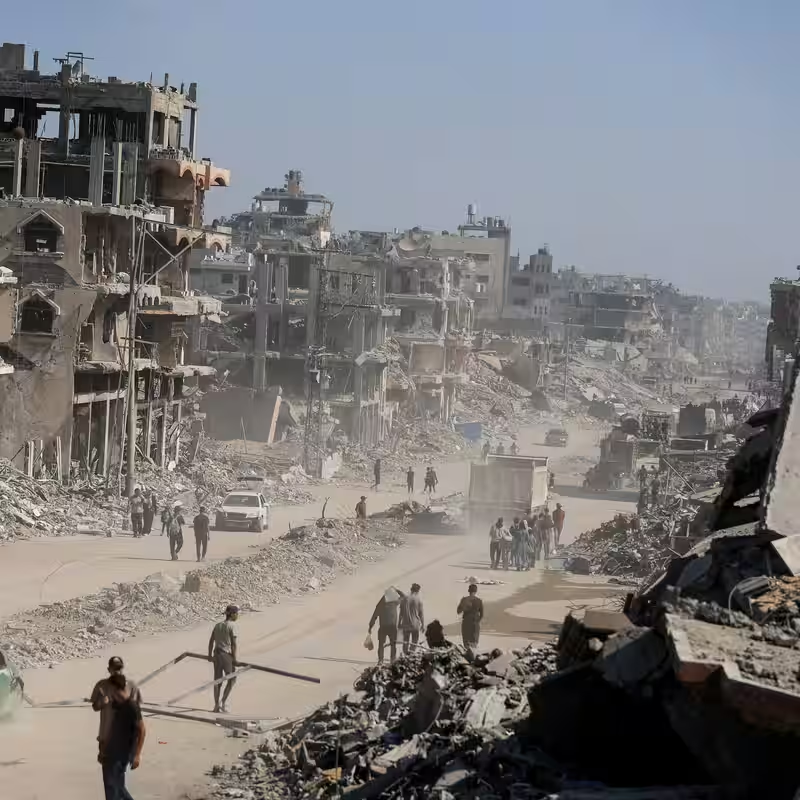Cease-Fire Tensions Escalate After Deadly Israeli Strike in Northern Gaza
In a grim turn of events just one week after Israel’s military withdrawal to agreed-upon lines under a fragile cease-fire, at least nine people were killed in a strike on a vehicle in northern Gaza. The incident has reignited fears that the truce between Israel and Hamas may be unraveling faster than hoped.
What Happened on Friday?
According to the Israeli military, the strike occurred after a vehicle crossed a demarcation line—referred to as the “Yellow Line”—which marks the boundary of Israel’s current deployment zone inside Gaza. The military claimed the vehicle violated the cease-fire terms, prompting a defensive response.
However, Gaza’s Civil Defense emergency service, part of the Hamas-run Interior Ministry, reported that at least nine civilians were killed in the attack. Rescue teams reached the scene on Saturday after coordinating with the United Nations, underscoring the precarious security situation even in areas supposedly stabilized by the truce.
Cease-Fire Lines and Continued Occupation
The cease-fire agreement stipulated that Israeli forces pull back to designated positions within Gaza. Despite this, Israel still maintains control over approximately 53% of the enclave’s territory, with troops stationed across wide swaths of the region. This ongoing military presence has fueled skepticism among Gazans and international observers about the durability of any peace arrangement.
Infographic: Key Facts About the Cease-Fire and Friday’s Strike
| Detail | Information |
|---|---|
| Date of Incident | Friday, October 17, 2025 |
| Location | Northern Gaza, near the “Yellow Line” |
| Casualties | At least 9 killed (per Gaza Civil Defense) |
| Israeli Claim | Vehicle crossed cease-fire demarcation line |
| Israeli Control Post-Withdrawal | ~53% of Gaza territory remains under Israeli military control |
International Reaction and Humanitarian Concerns
While no official international statements have been released as of Saturday evening, humanitarian agencies operating in Gaza are warning that even isolated incidents like this can trigger wider escalations. The involvement of the United Nations in facilitating rescue access highlights the fragile coordination required just to respond to emergencies.
For many in Gaza, the promise of a cease-fire has yet to translate into safety. With rubble still lining the streets and basic infrastructure in ruins, the psychological toll of renewed violence—even if limited—remains profound.
What Comes Next?
Both sides now face a critical test of restraint. If the cease-fire is to hold, clear communication, transparent investigations, and mutual accountability will be essential. For now, families in northern Gaza mourn their dead, while the world watches to see whether this strike was an isolated breach—or the beginning of a broader collapse.




